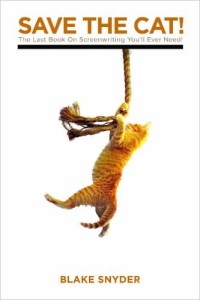 Storyboarding is a plotting technique used by screenwriters, but it’s also popular with some novelists. I like it since I’m a planner, not a pantser. Storyboarding is not a rigid plotting device. The whole point of the board is that it’s flexible. The greatest advantage is seeing exactly how your novel is “built,” just as an architect refers to a blueprint.
Storyboarding is a plotting technique used by screenwriters, but it’s also popular with some novelists. I like it since I’m a planner, not a pantser. Storyboarding is not a rigid plotting device. The whole point of the board is that it’s flexible. The greatest advantage is seeing exactly how your novel is “built,” just as an architect refers to a blueprint.
Now, I realize that some purists eschew structuring their work according to a storyboard. That is fine for those who wish to write Litrachure. But as popular Victorian novelist Wilkie Collins once said, “I have always held the old-fashioned opinion that the primary object of a work of fiction should be to tell a story.” I feel the same way, and I don’t think storyboarding need adversely affect good writing. Continue reading “Storyboarding for Novelists”


